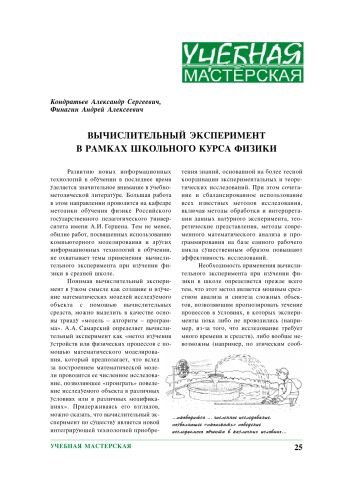- 2 402 202 книги
libcats.org




Molecular Devices and Machines: A Journey into the Nanoworld
Vincenzo Balzani, Margherita Venturi, Alberto CrediDifferent paths toward nanotechnology have so far been proposed. The most common and widely publicized one is the so-called atom-by-atom approach envisaged by physichists. Chemists, on the other hand, have adopted a molecule-by-molecule approach whereby the molecule represents the key building block for constructing nano-objects. Among the various reasons for doing so, we remember that (1) a lot of information about the structural, electronic, and spectroscopic properties of polyatomic molecules has been so far accumulated by research chemists and (2) synthetic chemistry allows the precise, although very elaborated, positioning of groups within a certain molecular framework thereby allowing the constuction of complex molecules characterized by machine-like capabilities. A number of fashinating molecular-scale machines and devices (rotors, gears, turnstiles, brakes, gyroscanes, etc.) has already been realized, as discussed in detail by Balzani-Venturi-Credi (BVC) in Chapter 11 of their book. These molecules give rise to spontaneous machanical-like motion. However, a factor of paramount importance for nanotechnology is that of achieving controllable mechanical-like motion. BVC discuss how this can be achieved by, for example, electrochemical or photochemical means. Chapter 9 is of particular interest for those working in the field of molecular electronics since it discusses about "Logic Gates", i.e. molecules that might (will) be employed as molecular switches in future chemical (or molecular) computers. The amazing thing of this book is that all the material contained in it is real stuff, not pure speculation! You can verify this by checking the original references given at the end of each chapter. Hence, chemists are following an original approach to nanotechnology and the key for success will probably depend on whether they will find a clever way for wiring-up (networking) their molecules and make them (i.e., the resulting nano-object) work in concert. All in all this book (made of 16 chapters, about 500 pp., dozens of clear drawings and figures) is masterly written and logically organized. I cannot but rate it with 5 stars and a plus. If you want to know how chemists are approaching the field of nanotechnology, it should be in your bookshelf.
Ссылка удалена правообладателем
----
The book removed at the request of the copyright holder.
----
The book removed at the request of the copyright holder.
Популярные книги за неделю:
#2

В.Бекетов, К.Харченко. Измерения и испытания при конструировании и регулировке радиолюбительских антенн (djvu)
4.82 Mb
#4

Самодельные детали для сельского радиоприемника
Авторы: З.Б.Гинзбург, Ф.И.Тарасов.Категория: радиоэлектроника
1.40 Mb
Только что пользователи скачали эти книги:
#1

Элементарный учебник физики. Колебания и волны. Оптика. Атомная и ядерная физика
Ландсберг Г.С. (ред.)Категория: Physics, School-level
23.68 Mb
#8

Вычислительный эксперимент в рамках школьного курса физики
Кондратьев А.С., Финагин А.А.Категория: Физика
878 Kb









